East Flowing Rivers: India is the seventh largest country in the world and has a lot of rivers flowing through it and it can be difficult to understand its rivers by name alone. There are two types of rivers flowing through India: Himalayan rivers, which originate from the Himalayan Mountains in northern India, and peninsular rivers, which flow through southern India.
Peninsular rivers flow in two directions: west-flowing rivers, which drain into the Arabian Sea, and east flowing rivers, which merge into the Bay of Bengal. The major East flowing rivers are Godavari, Krishna, Kaveri, Damodar, Mahanadi, Subarnarekha, Ponnaiyar, Pennar, Brahmani, Sharda, and Vaigai. In today’s article, we will discuss about east flowing rivers which are very important for UPSC pre and mains.
East Flowing Rivers
India is a land of rivers and it can be challenging to understand the diversity of its rivers. Peninsular rivers flow in two major directions: west-flowing rivers, which drain into the Arabian Sea, and east-flowing rivers, which merge into the Bay of Bengal. Today we will provide information about the major East Flowing Rivers of the peninsular rivers. East-flowing rivers are extremely important for India’s water resources and agriculture.
Also read- Western And Eastern Coastal Plains
List of East Flowing Rivers
The major rivers include the Godavari, which is the longest river in South India; Krishna, which flows through Maharashtra, Karnataka, Andhra Pradesh, and Telangana; Kaveri, which is considered the lifeline of Karnataka and Tamil Nadu; Damodar, also known as the Sorrow of Bengal; Mahanadi, which is the major source of irrigation in Odisha and Chhattisgarh; Subarnarekha, which flows through Jharkhand and West Bengal;
Ponnaiyar, which is an important river in Tamil Nadu; Pennar, which flows through Andhra Pradesh and Tamil Nadu; Brahmani, which is the major river in Odisha; and Vaigai, which is an important river in Tamil Nadu. These rivers play a vital role in the social, economic, and environmental system of India and are also very important topics for UPSC Pre and Mains exams.
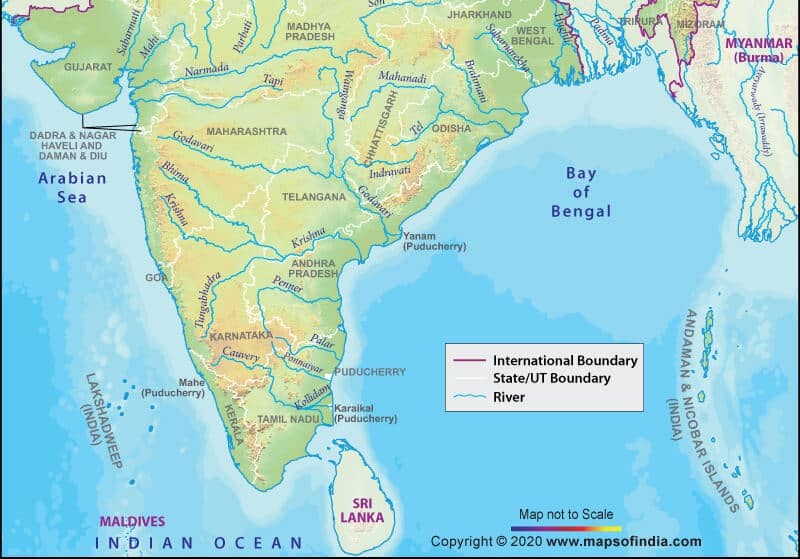
| River |
Length (km) |
Origin |
States Flowing Through |
Major Tributaries |
Notable Points |
| Godavari |
1,465 |
Nasik, Maharashtra |
Maharashtra, Telangana, Andhra Pradesh, Chhattisgarh, Odisha |
Manjra, Pravara, Pranhita, Purna |
Longest river in South India |
| Krishna |
1,400 |
Mahabaleshwar, Maharashtra |
Maharashtra, Karnataka, Andhra Pradesh, Telangana |
Bhima, Tungabhadra |
Major source for agriculture |
| Kaveri |
800 |
Kodagu district of Karnataka |
Karnataka, Tamil Nadu |
Hemavati, Shimsha, Kabini, Amaravati |
Lifeline of Karnataka and Tamil Nadu |
| Damodar |
541 |
Palamu hills, Jharkhand |
Jharkhand, West Bengal |
Barakar, Konar, Bokaro, Haharo |
Known as the Sorrow of Bengal |
| Mahanadi |
900 |
Raipur district, Chhattisgarh |
Maharashtra, Chhattisgarh, Jharkhand and Orissa |
Seonath, Jonk, Hasdeo, Ong, Tel |
Major source of irrigation in Odisha |
| Subarnarekha |
395 |
Ranchi plateau, Jharkhand |
Jharkhand, West Bengal, Odisha |
Kanchi |
Important river in Jharkhand and West Bengal |
| Ponnaiyar |
497 |
Nandi Hills, Karnataka |
Karnataka, Tamil Nadu |
Chinnar, Markanda |
It is the second longest river in Tamil Nadu |
| Pennar |
597 |
Nandi Hills, Karnataka |
Karnataka, Andhra Pradesh, Tamil Nadu |
Chitravati, Papagni |
Flows through Andhra Pradesh and Tamil Nadu |
| Brahmani |
480 |
Ranchi, Jharkhand |
Jharkhand, Odisha |
South Koel, Sankh |
Major river in Odisha |
| Vaigai |
258 |
Varusanadu Hills, Tamil Nadu |
Tamil Nadu |
Suruli, Manjalar |
Important river in Tamil Nadu |
Geography Notes For UPSC
East Flowing Rivers – Godavari
The Godavari River, originating in Nasik, Maharashtra, is the longest river in South India, stretching over 1,465 kilometers. It traverses through several states, including Maharashtra, Telangana, Andhra Pradesh, Chhattisgarh, and Odisha. Along its course, it is joined by major tributaries such as the Manjra, Pravara, Pranhita, and Purna rivers. The Godavari plays a crucial role in the regions it flows through, providing water resources for agriculture, industry, and daily life.
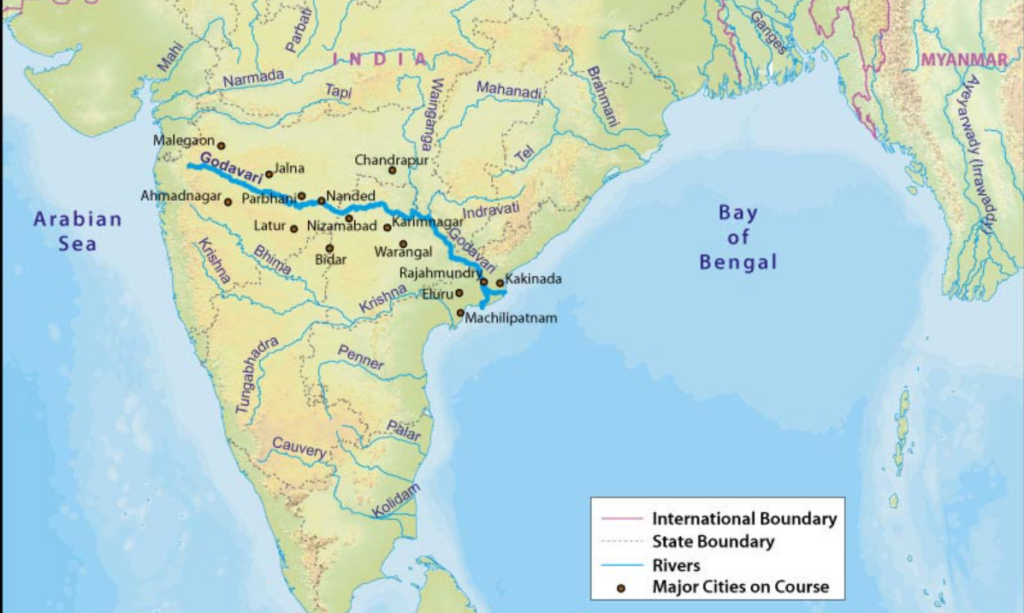
East Flowing Rivers – Krishna
The Krishna River is 1,400 kilometers long and rises in Mahabaleshwar, Maharashtra. It passes through Telangana, Karnataka, Andhra Pradesh, and Maharashtra. In these areas, the river serves as a vital source of water for vast irrigation systems. Its flow is aided by significant tributaries like the Bhima and Tungabhadra rivers.
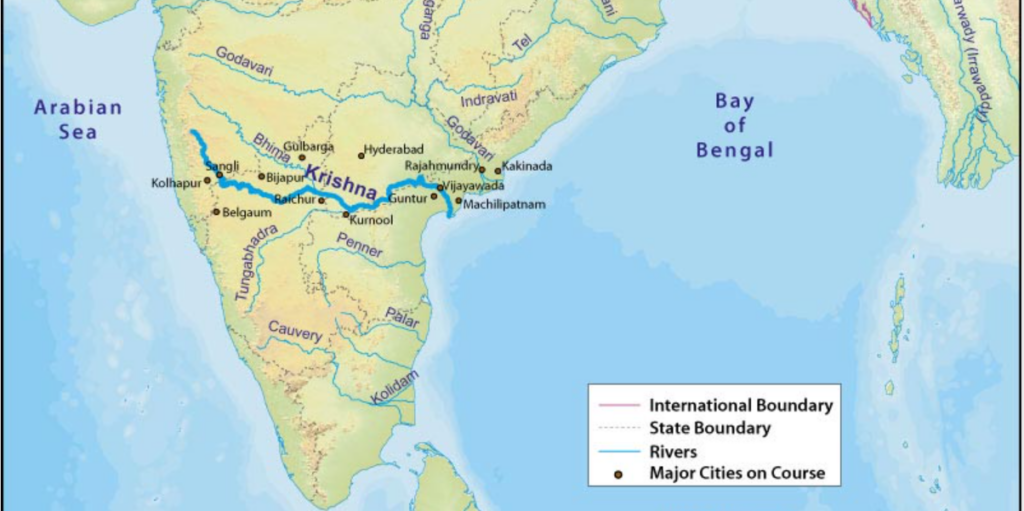
East Flowing Rivers – Kaveri
The Kaveri River, originating in the Kodagu district of Karnataka, stretches for 800 kilometers. It flows through the states of Karnataka and Tamil Nadu, serving as a lifeline for both. Major tributaries such as the Hemavati, Shimsha, Kabini, and Amaravati rivers enhance its flow.
The Kaveri is crucial for agriculture, drinking water, and industrial purposes, sustaining the livelihoods of millions of people in these regions. Its basin is also known for its rich biodiversity and cultural significance, making it an integral part of the southern Indian landscape.
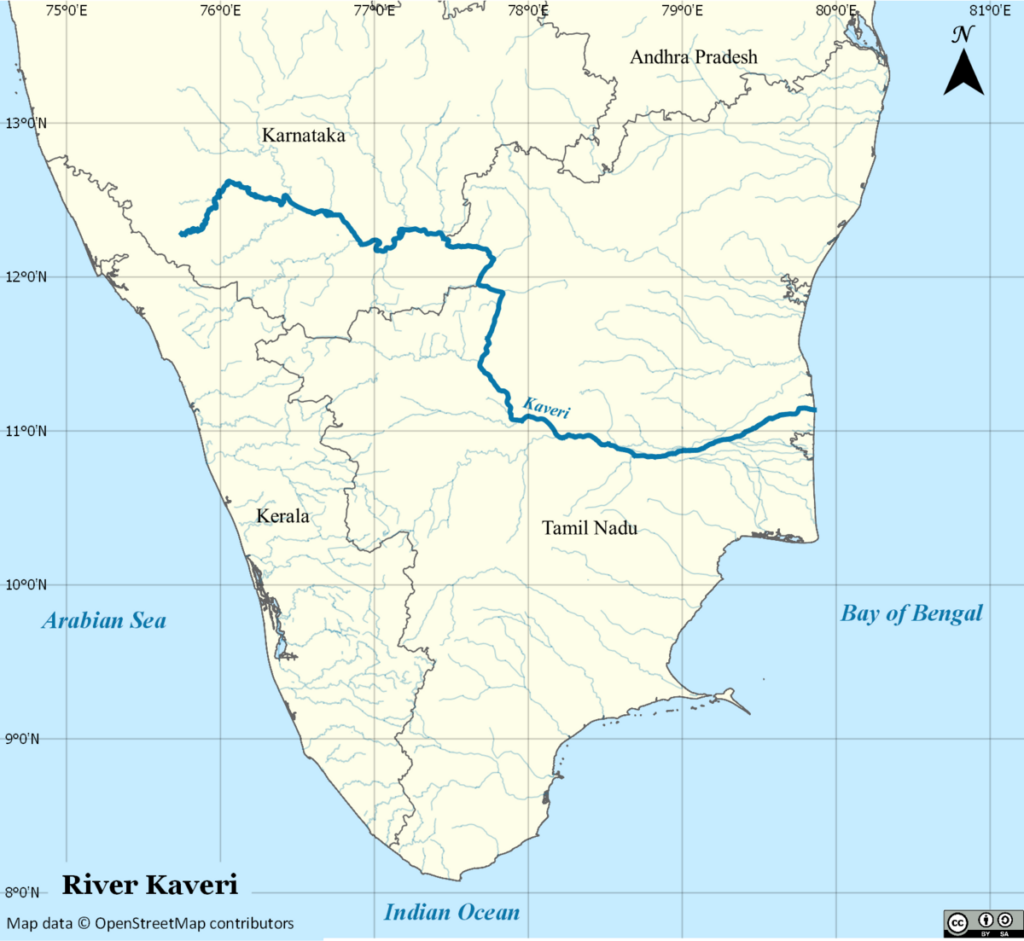
East Flowing Rivers – Damodar
The Damodar River, originating from the Palamu hills in Jharkhand, runs for 541 kilometers through the states of Jharkhand and West Bengal. It is joined by significant tributaries such as the Barakar, Konar, Bokaro, and Haharo rivers. Historically known as the “Sorrow of Bengal” due to its devastating floods, the Damodar River has a profound impact on the regions it traverses.
Efforts to harness its waters through the Damodar Valley Corporation have transformed it into a crucial resource for irrigation, power generation, and industrial development, mitigating its adverse effects and benefiting the local economy.
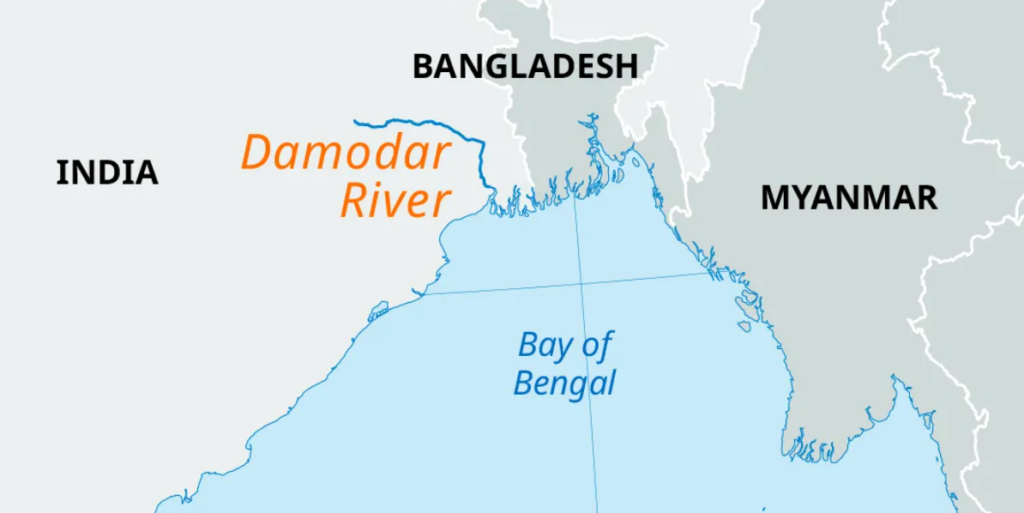
East Flowing Rivers – Mahanadi
The Mahanadi River, originating in the Raipur district of Chhattisgarh, extends for 900 kilometers. It flows through the states of Maharashtra, Chhattisgarh, Jharkhand, and Odisha. Significant tributaries such as the Seonath, Jonk, Hasdeo, Ong, and Tel rivers contribute to its volume. The Mahanadi is a major source of irrigation in Odisha, playing a vital role in the agricultural landscape of the region.
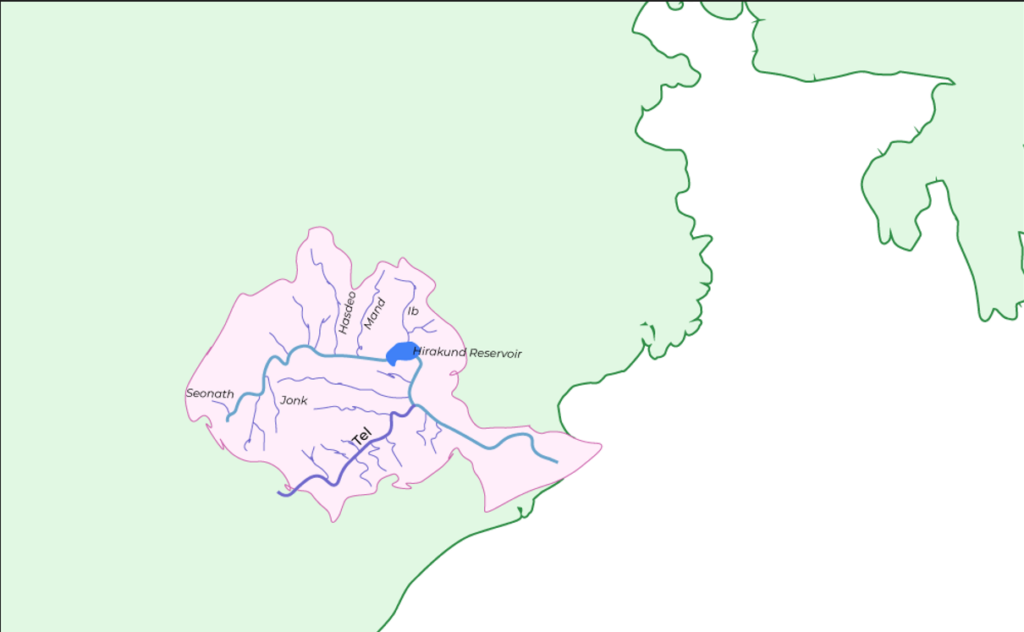
East Flowing Rivers – Subarnarekha
The Subarnarekha River, originating from the Ranchi plateau in Jharkhand, spans 395 kilometers and flows through the states of Jharkhand, West Bengal, and Odisha. The Kanchi River is one of its major tributaries. The Subarnarekha holds significant importance for both Jharkhand and West Bengal, serving as a crucial water source for agriculture, industry, and daily life in these regions.
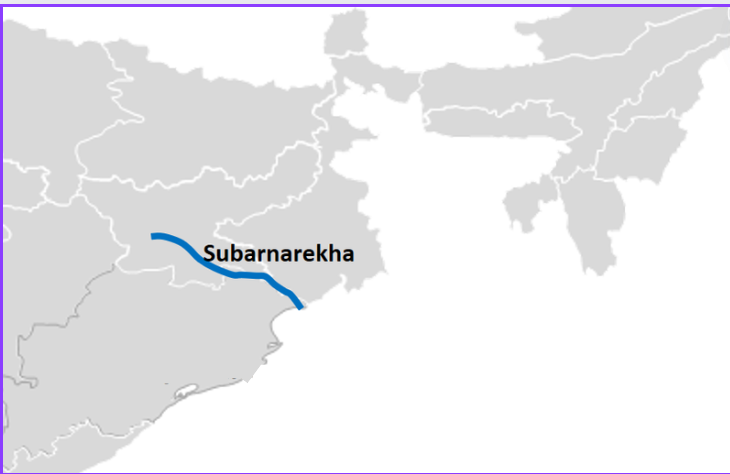
East Flowing Rivers – Ponnaiyar
The Ponnaiyar River, originating from the Nandi Hills in Karnataka, stretches over 497 kilometers. It flows through the states of Karnataka and Tamil Nadu, where it is known as the second-longest river. The Chinnar and Markanda rivers are among its major tributaries. The Ponnaiyar River plays a significant role in the agriculture and water supply of the regions it traverses, particularly in Tamil Nadu.
East Flowing Rivers – Pennar
The Pennar River, originating from the Nandi Hills in Karnataka, spans 597 kilometers. It flows through the states of Karnataka, Andhra Pradesh, and Tamil Nadu. Significant tributaries such as the Chitravati and Papagni rivers contribute to its flow. The Pennar River is a crucial water source for the regions it traverses, particularly in Andhra Pradesh and Tamil Nadu.
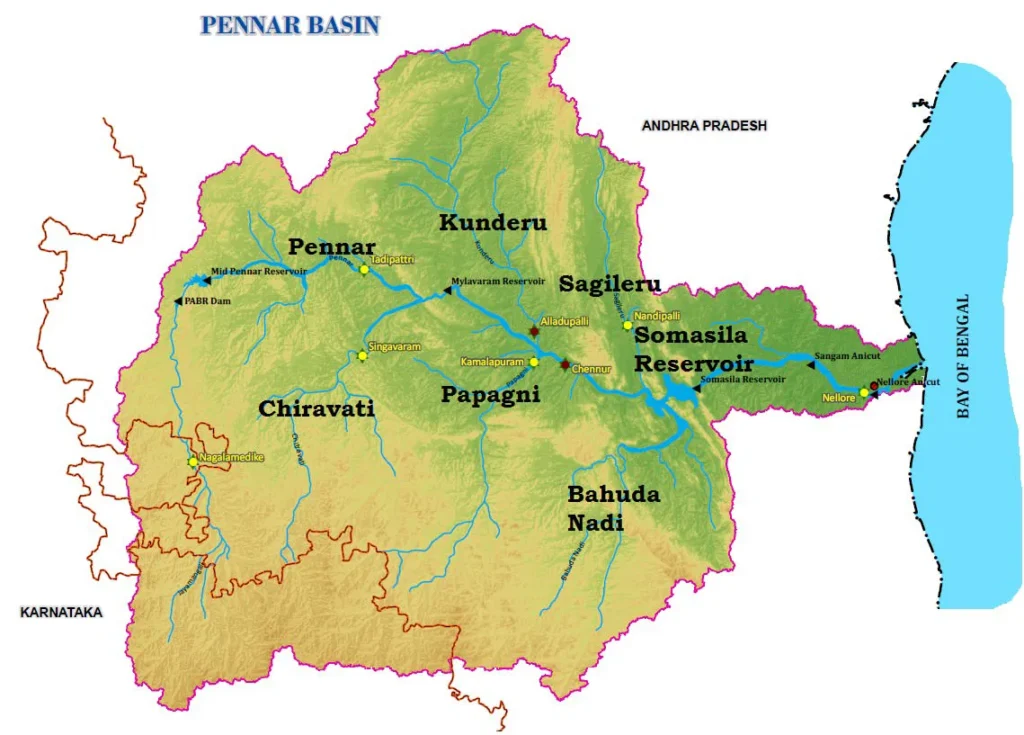
East Flowing Rivers – Brahmani
The Brahmani River, originating in Ranchi, Jharkhand, stretches for 480 kilometers. It flows through the states of Jharkhand and Odisha, where it is considered a major river. Significant tributaries such as the South Koel and Sankh rivers enhance its flow. The Brahmani River plays a crucial role in the agricultural and industrial activities of Odisha, providing essential water resources for irrigation and supporting local ecosystems.
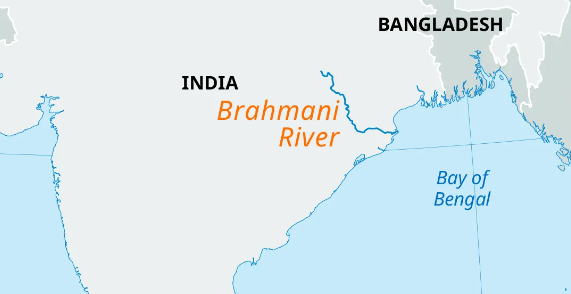
East Flowing Rivers – Vaigai
The Vaigai River, originating from the Varusanadu Hills in Tamil Nadu, extends for 258 kilometers. It flows entirely within the state of Tamil Nadu, with significant tributaries such as the Suruli and Manjalar rivers. The Vaigai is an important river in Tamil Nadu, serving as a crucial water source for agriculture and daily life in the region. Its waters support irrigation systems, aiding in the cultivation of various crops and sustaining the livelihoods of many farmers.
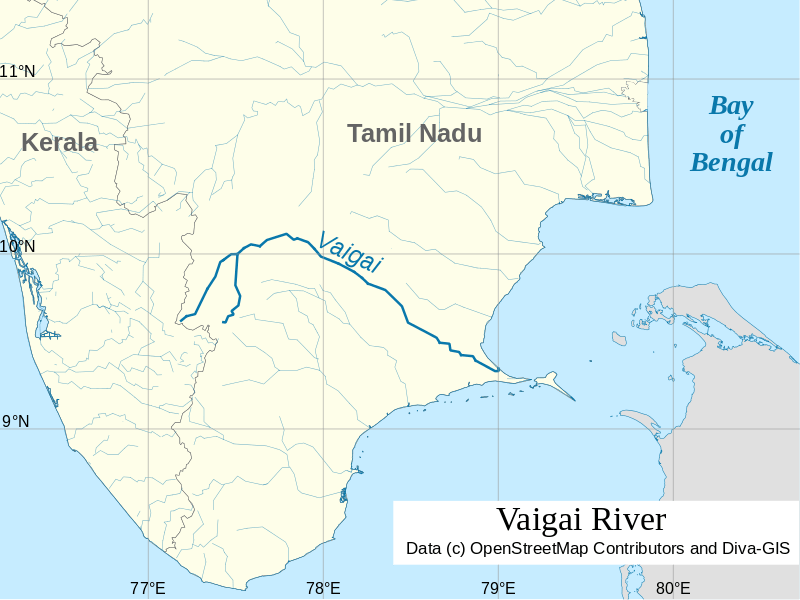

Sharing is caring!



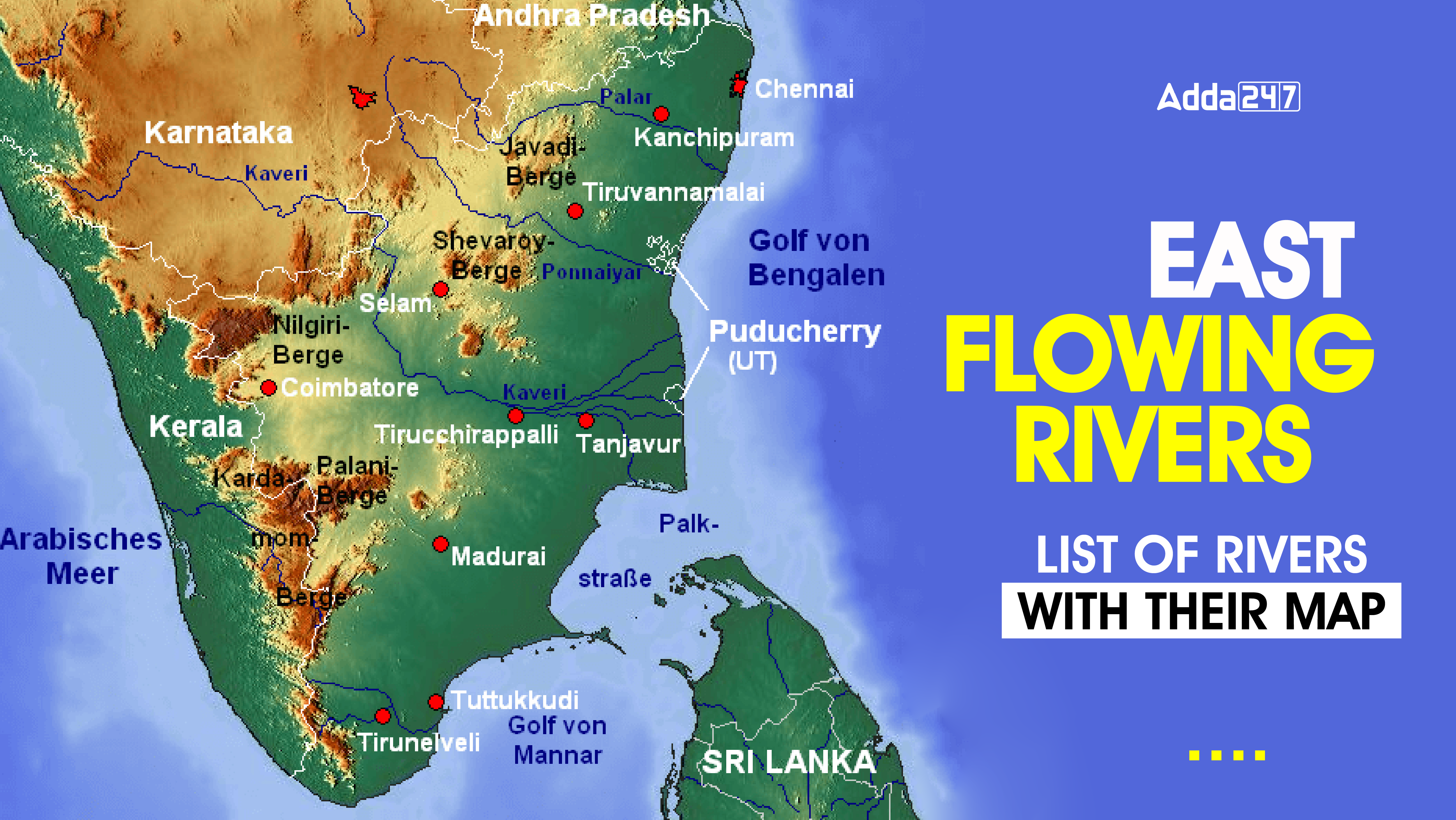










 TSPSC Group 1 Question Paper 2024, Downl...
TSPSC Group 1 Question Paper 2024, Downl...
 TSPSC Group 1 Answer key 2024 Out, Downl...
TSPSC Group 1 Answer key 2024 Out, Downl...
 UPSC Prelims 2024 Question Paper, Downlo...
UPSC Prelims 2024 Question Paper, Downlo...





